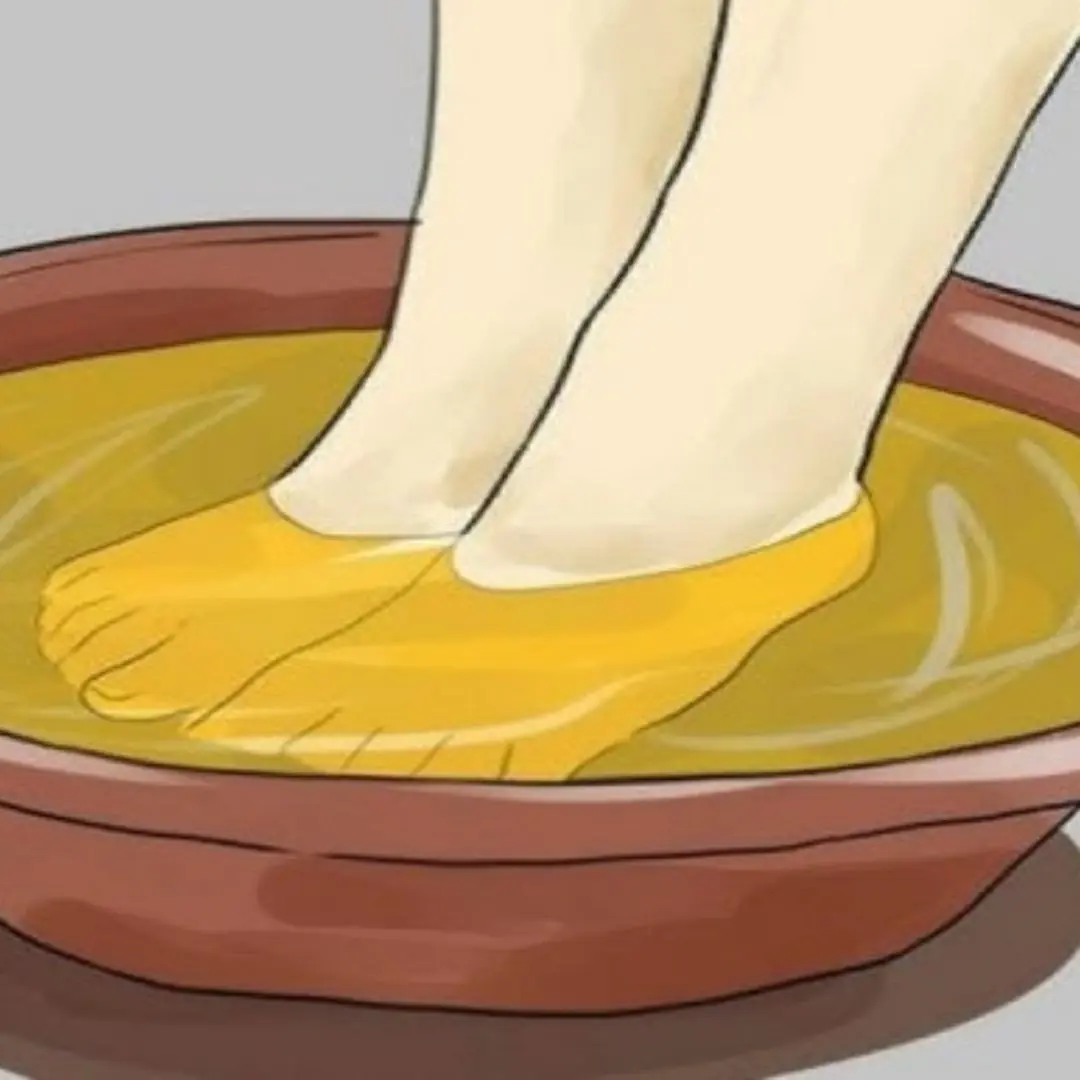
Don’t throw away avocado pits
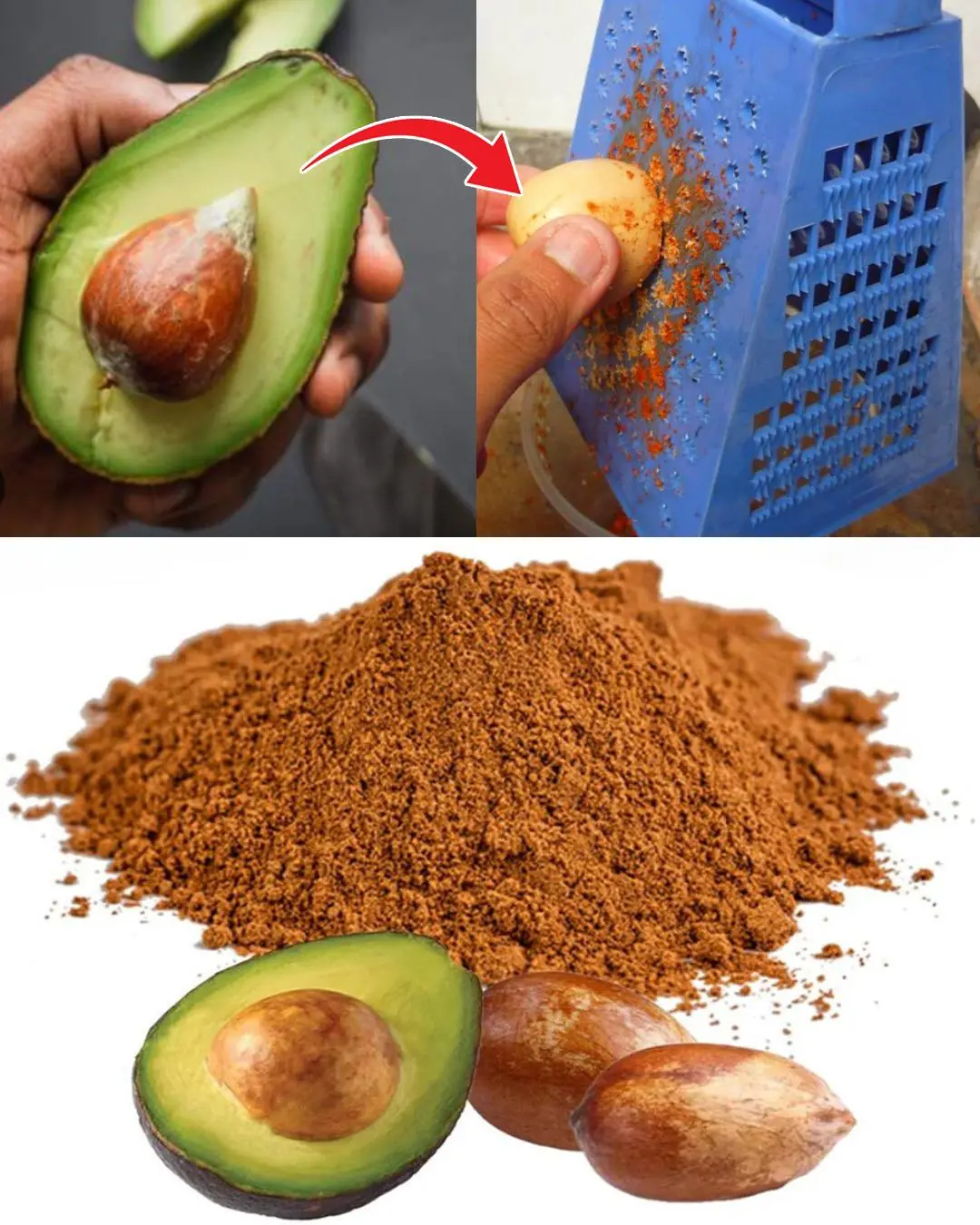
When people think of avocados, most imagine the creamy green flesh spread on toast, blended into smoothies, or turned into guacamole. But what about the big, round pit in the center? Most of us toss it straight into the trash without a second thought. Surprisingly, that pit is more than just waste - it’s a powerhouse of nutrients and potential uses waiting to be unlocked.
This article explores why you shouldn’t throw away avocado pits, the health benefits and risks of consuming them, and creative ways to reuse them at home.
1. The Hidden Treasure Inside the Pit
The avocado pit, also known as the seed, makes up about 13–18% of the fruit’s weight. Though it’s hard and bitter-tasting, scientific research shows it contains an impressive range of nutrients:
-
Antioxidants: The pit is loaded with polyphenols - the same kind found in green tea and red wine - that help fight free radicals and reduce oxidative stress.
-
Fiber: More than 70% of the avocado’s total antioxidant content is found in the seed, and it contains a high amount of soluble fiber, which supports digestion and heart health.
-
Healthy fats: Small amounts of monounsaturated fats are present, contributing to cholesterol balance.
-
Amino acids, magnesium, and potassium: All essential for muscle, nerve, and heart function.
In short, the pit isn’t “just a seed.” It’s a compact source of compounds that could help protect the body from inflammation and chronic diseases.
2. Potential Health Benefits
Although more studies are needed to fully confirm human benefits, early research points to several promising effects of avocado pits:
a. Antioxidant and Anti-Inflammatory Properties
Free radicals can damage cells and accelerate aging. The antioxidants in avocado pits — particularly catechins and procyanidins — can neutralize these unstable molecules, potentially lowering the risk of chronic inflammation linked to arthritis, cancer, and heart disease.
b. Supports Heart Health
The soluble fiber in the seed helps reduce LDL (bad) cholesterol levels, promoting better cardiovascular health. Combined with the fruit’s heart-friendly fats, this could be one more reason avocados are known as a “heart-healthy” food.
c. Regulates Blood Sugar
Some studies suggest that extracts from avocado seeds may help stabilize blood glucose levels, which is beneficial for people with insulin resistance or type 2 diabetes.
d. Antimicrobial Effects
Research has shown that compounds in avocado pits can inhibit the growth of bacteria and fungi such as Candida albicans and Staphylococcus aureus. This opens potential for natural food preservation or herbal remedies.
e. Boosts Digestive Health
The high fiber content helps feed good gut bacteria and may relieve constipation, improve nutrient absorption, and support overall digestion.
3. But Be Careful - Not Everything Is Proven Safe
While avocado pits have potential, they’re not officially recognized as edible by food authorities such as the FDA. Why? Because most research so far has been done in labs, not on humans. The seed contains certain compounds, such as persin, which in large amounts could be toxic to animals and possibly humans.
So before jumping on a “blend-your-avocado-seed” trend, consider these points:
-
Raw avocado pits are extremely hard and can damage blenders.
-
Their bitter taste comes from natural compounds that may irritate the stomach if consumed in excess.
-
Long-term human studies are still limited, so moderation and caution are key.
Experts generally recommend that if you choose to try avocado seed powder, use only small amounts (½ teaspoon daily) and make sure it’s dried and properly ground. Always consult a healthcare professional first, especially if you have health conditions or take medication.
4. How to Prepare Avocado Pit Powder Safely
If you want to explore the potential benefits of avocado pits, here’s how to prepare them properly:
1. Remove and wash the pit thoroughly after eating the fruit.
2. Dry it for 1–2 days at room temperature or bake at 120°C (250°F) for 1 hour until the outer layer cracks.
3. Peel off the thin brown skin and chop the pit into smaller pieces.
4. Blend or grind it into a fine powder using a strong blender or grinder.
5. Store the powder in an airtight jar away from sunlight.
How to Use It:
-
Add ½ teaspoon to smoothies, juices, or oatmeal (the flavor is slightly bitter).
-
Mix it into tea with honey and lemon for an antioxidant boost.
-
Combine with yogurt for a fiber-rich snack.
Note: Start small and don’t consume large amounts daily.
5. Non-Edible Uses for Avocado Pits
Even if you don’t want to eat them, avocado pits have plenty of eco-friendly uses that make throwing them away unnecessary.
a. Natural Dye for Fabric or Easter Eggs
Boiling avocado pits creates a beautiful pink-to-rose dye. Here’s how:
-
Simmer chopped pits in a pot of water for 30–45 minutes.
-
Strain and use the liquid to dye natural fabrics like cotton, linen, or wool.
-
The resulting color is soft pink, peach, or terracotta depending on the fabric type and concentration.
b. Homemade Avocado Pit Tea
For those who prefer a warm drink:
-
Slice the pit into thin pieces.
-
Boil them in water for 10–15 minutes.
-
Strain, and optionally add honey or cinnamon.
The tea has an earthy taste and may help digestion - but again, drink moderately and not every day.
c. Natural Exfoliant for Skin
When ground into a fine powder, avocado seed can act as a gentle body scrub.
-
Mix 1 tablespoon of seed powder with 2 tablespoons of honey or coconut oil.
-
Massage gently on the skin in circular motions.
-
Rinse with warm water for smooth, glowing skin.
Avoid using on sensitive or broken skin, and don’t apply to the face unless the powder is ultra-fine.
d. DIY Plant Fertilizer
Crushed avocado pits can enrich garden soil:
-
Dry and grind them into coarse pieces.
-
Mix into compost or sprinkle near plant roots.
The pit’s organic matter decomposes slowly, providing nutrients and improving soil structure.
e. Grow a New Avocado Plant
One of the most popular uses of avocado pits is propagation. It’s an easy, rewarding way to turn kitchen waste into greenery:
Steps:
1. Wash the pit and remove residue.
2. Insert three toothpicks around the middle and suspend it halfway in a glass of water (broad end down).
3. Place the glass near sunlight and change the water every few days.
4. Within 2–6 weeks, roots and a sprout will appear.
5. When the plant reaches 6 inches, transfer it to soil.
This not only adds life to your space but also teaches patience and sustainability.
6. Environmental Benefits
Avocado consumption has skyrocketed globally, which means millions of pits are discarded daily. Finding alternative uses for them contributes to reducing food waste and environmental impact.
When repurposed - whether in compost, crafts, or replanting - these pits can help lower landfill waste and promote sustainable living. Some researchers are even experimenting with turning avocado seed oil into biodegradable plastics and natural dyes for textiles, showing that small kitchen choices can have big ecological benefits.
7. The Debate: Should You Eat Avocado Pits or Not?
This topic remains controversial. Nutritionists and scientists are divided because:
-
Proponents argue that the pits contain valuable antioxidants and fiber that could support long-term health.
-
Skeptics highlight that the toxic compounds (like persin and certain tannins) could be harmful in large doses.
Until more human studies confirm safety, it’s best to think of avocado pits as functional, not fully edible. They’re excellent for external and environmental uses but should be consumed cautiously if at all.
8. How to Make the Most of Avocado Pits
Here’s a quick summary of creative ways to reuse them:
| Purpose | Method | Notes |
|---|---|---|
| Nutritional supplement | Dry, grind, and use small amounts of powder | Limited research — consume sparingly |
| Avocado tea | Boil sliced pits for 15 mins | Mildly bitter taste |
| Natural dye | Boil pits to produce pink dye | Works on cotton, wool, linen |
| Exfoliating scrub | Mix ground seed with honey or oil | Avoid face and sensitive skin |
| Fertilizer | Grind and mix with soil | Boosts organic content |
| Plant propagation | Grow a new avocado tree | Fun, sustainable home project |
9. Tips for Sustainability
-
Compost instead of landfill: Even if you do nothing else, composting the pit returns nutrients to the soil naturally.
-
Avoid chemical processing: Keep reuse methods natural - no harsh solvents or additives.
-
Educate others: Share creative ways to reuse avocado pits on social media to raise awareness about food waste reduction.
10. Final Thoughts
That little brown pit you’ve been throwing away might just be one of nature’s underrated gifts. While it’s not a miracle cure or an officially approved superfood, the avocado pit offers nutritional, cosmetic, and environmental value when used wisely.
Whether you choose to grind it into tea, use it as an exfoliant, or plant it to grow your own avocado tree, you’ll be doing more than recycling - you’ll be embracing a sustainable mindset that gives back to the planet.
So next time you slice open a ripe avocado, pause before tossing that pit away. With a little creativity and care, it can become a source of health, beauty, and growth - proof that even the smallest parts of nature can make a big difference.
News in the same category


Recognizing mini-str.oke symptoms: A crucial step in str.oke prevention

My MIL Clogged Our Only Toilet During Thanksgiving Dinner, Then Left Without Saying a Word – So on Christmas I Taught Her a Lesson

7 Foods You Must Avoid When You Have Dengue Fever

4 Dishwashing Habits Everyone Should Stop Immediately!

These 3 Nighttime Signs Reveal Your Kid.neys Are in Danger!

The Vegetable That Helps Reduce Sugar in The Body. It is Diabetes’ Strong Opponent

The Power of Gyan Mudra: Benefits and How to Practice It

7 Warnings Your Body Gives You When You’re Too Stressed

Fish is very good for your health, but absolutely do not eat it like this: It can easily cause cancer, many people still get it.

Waking Up at Night to Drink Water, a 59-Year-Old Man Di.ed Five Days Late

Found a Lump on Your Neck? Here’s What It Could Really Mean

Why your throat keeps filling with mucus — the real causes revealed

What time should you take a bath to ensure health safety and reduce the risk of stroke?

People with These 4 Skin Signs May Have “Loads” of Can.cer Cells Without Knowing It
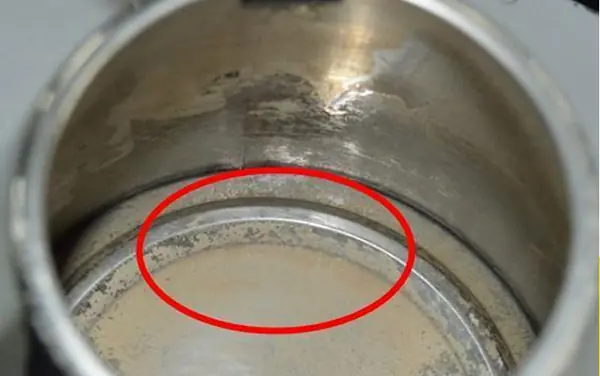
Be Careful If Your Family Often Boils Water with an Electric Kettle
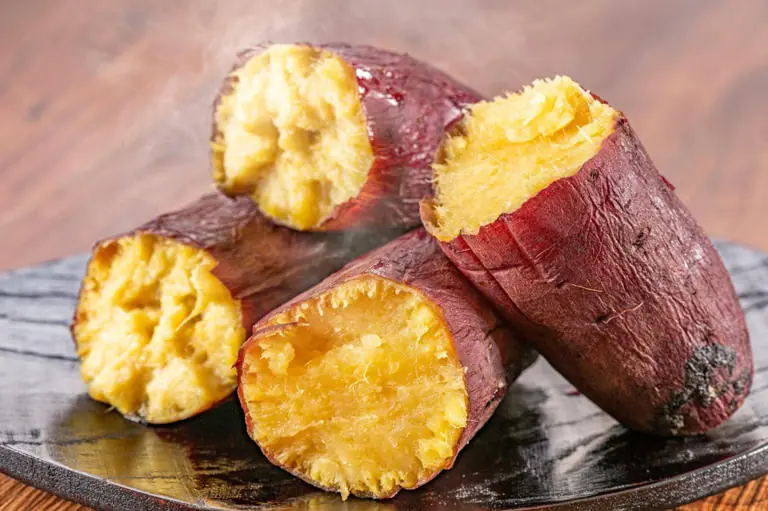
Eat the Right Carbs, Nourish the Spl.een and Sto.mach:

3 intimate habits of husbands that may increase wives' ri.sk of cer.vical can.cer: Stop before it's too late

If your hands show any of these 4 warning signs, see a doctor right away — your body might be signaling a serious health problem!
News Post

Why Do Dogs Sniff Your Crotch? Experts Explain This Awkward Canine Behavior

Spotting this plant in your garden is like discovering hidden gold — whatever you do, don’t throw it away!

Recognizing mini-str.oke symptoms: A crucial step in str.oke prevention

My MIL Clogged Our Only Toilet During Thanksgiving Dinner, Then Left Without Saying a Word – So on Christmas I Taught Her a Lesson

I Threw My Grandma Out of My Wedding for Bringing a Dirty Bag of Walnuts – Two Days After She Died, I Opened It and Collapsed

I Asked My Grandma to be My Prom Date Because She Never Went to Prom – When My Stepmom Found Out, She Did Something Unforgivable
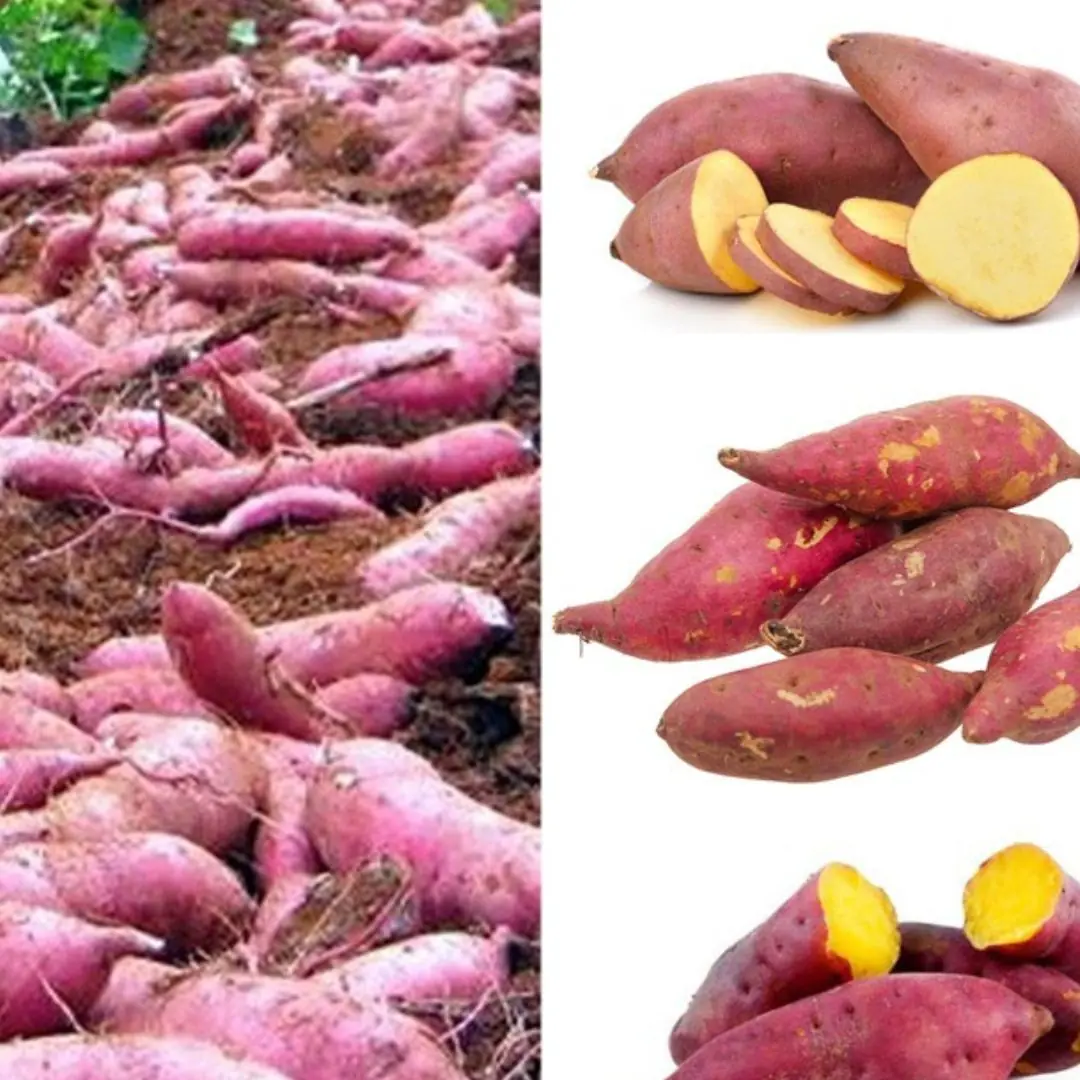
What happens to people who regularly eat sweet potatoes for breakfast over a long period of time?

One Person Hangs the Laundry, the Whole Family Gets Sick

7 Foods You Must Avoid When You Have Dengue Fever

4 Dishwashing Habits Everyone Should Stop Immediately!

These 3 Nighttime Signs Reveal Your Kid.neys Are in Danger!

After 30 years of using a microwave, I finally discovered this “magic button”

The Vegetable That Helps Reduce Sugar in The Body. It is Diabetes’ Strong Opponent

The Power of Gyan Mudra: Benefits and How to Practice It

My Mother Gave My Wedding Fund to My Cousin Because ‘She’s Prettier and More Likely to Find Someone’

This key only opens one of the five cars — can you guess which one?

7 Warnings Your Body Gives You When You’re Too Stressed

Fish is very good for your health, but absolutely do not eat it like this: It can easily cause cancer, many people still get it.
